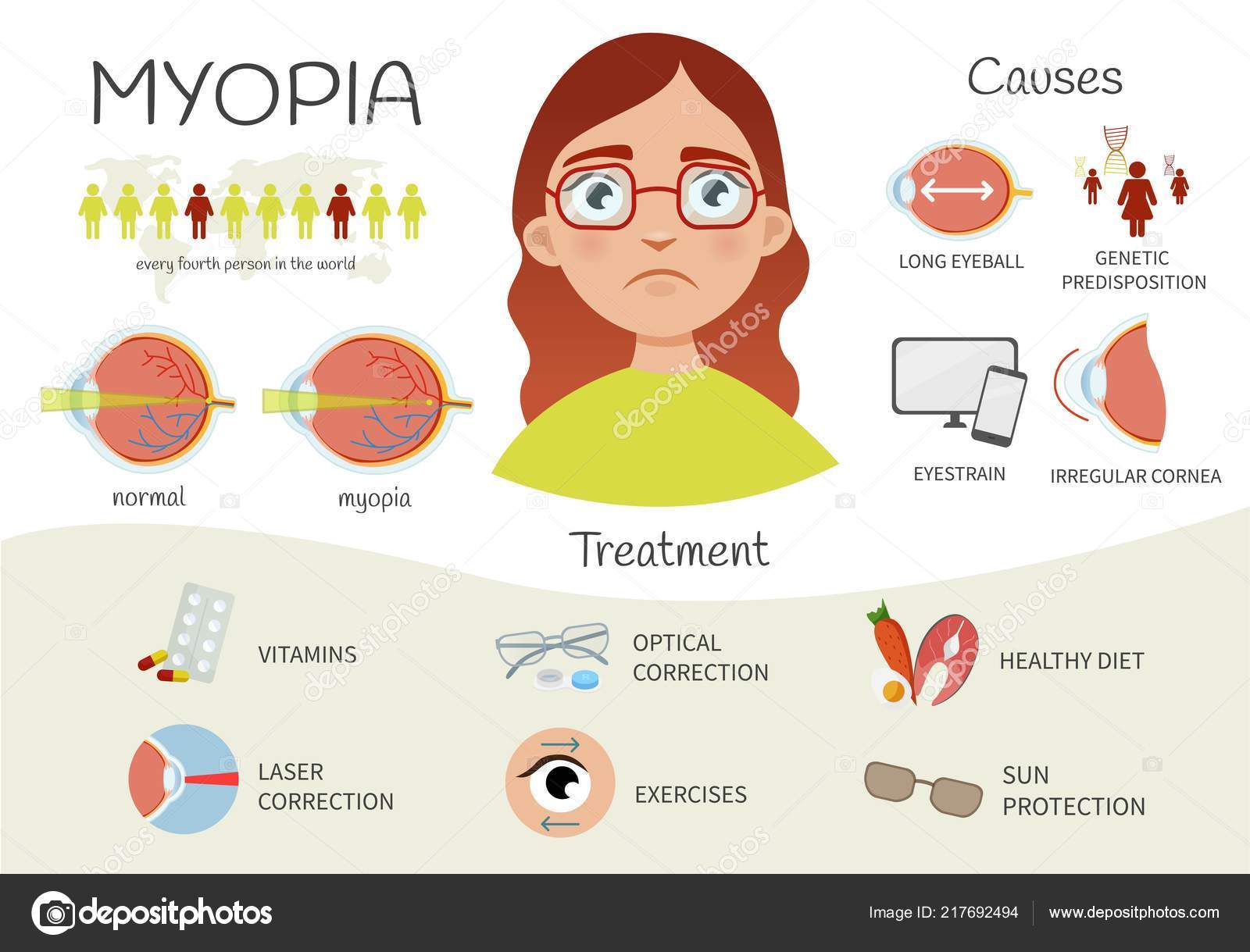What Is SMILE Eye Surgical Procedure? Treatment, Benefits, Risks, And Healing Review

Post Created By-Ortiz Strickland
If you're thinking about vision correction alternatives, SMILE eye surgical procedure might be on your radar. This cutting-edge procedure includes developing a little lenticule in the cornea to attend to nearsightedness and astigmatism. Unlike traditional LASIK, it's much less invasive and promises quicker recuperation. Nevertheless, while there are considerable benefits, there are additionally dangers involved. Understanding success rate of smile surgery can aid you make an informed choice about your eye wellness. What's the recuperation procedure like, and what should you expect?
Comprehending the SMILE Treatment
The SMILE treatment, or Tiny Cut Lenticule Extraction, is a minimally invasive eye surgical procedure designed to remedy vision problems like nearsightedness and astigmatism.
During this treatment, a laser produces a tiny lenticule, or lens-shaped cells, within the cornea. You will not require any type of stitches, as the small incision allows for a fast recuperation.
The specialist after that eliminates the lenticule through this tiny cut, improving your cornea to boost your vision. Unlike typical LASIK, SMILE does not need the creation of a large flap, which can lead to less problems.
You'll discover that this method is less turbulent to the corneal framework, possibly improving security. Comprehending the procedure helps you feel extra certain as you consider your choices for vision correction.
Benefits of SMILE Eye Surgical Treatment
While thinking about vision correction alternatives, you might locate that SMILE eye surgical procedure offers numerous engaging advantages.
Initially, it's minimally invasive, needing just a small incision, which implies less disturbance to your eye structure. This brings about quicker healing times and less discomfort contrasted to typical LASIK.
You'll likewise appreciate its accuracy; SMILE makes use of sophisticated laser modern technology to improve the cornea, supplying superb results for nearsightedness and astigmatism.
In addition, numerous individuals report improved visual top quality, with fewer instances of glow or halos. Considering that there's no need for a corneal flap, your eyes remain more secure post-surgery.
Finally, the procedure generally takes just a few mins, permitting you to go back to your everyday tasks quicker than with various other methods.
Prospective Threats and Healing Process
Although SMILE eye surgery is generally secure, it's important to be aware of prospective threats that can arise throughout or after the treatment. Some people might experience temporary negative effects like dry eyes, glare, or halos around lights.
In rare situations, difficulties such as infection, vision loss, or the requirement for added surgical treatment can occur.
Healing typically entails a couple of days off and avoiding laborious activities. You ought to follow your surgeon's post-operative instructions meticulously, including utilizing suggested eye declines and participating in follow-up consultations.
Lots of individuals notice enhanced vision within a few days, yet full recovery can take weeks. Staying patient and offering your eyes time to heal is crucial for the best result.
Final thought
Finally, SMILE eye surgical procedure uses a modern-day, minimally invasive option for dealing with nearsightedness and astigmatism. With https://www.webmd.com/diabetes/eyes-21/dme/diabetic-macular-edema-treatment and reduced discomfort, it's an appealing selection for many. However, it's essential to evaluate the possible threats against the benefits. By staying informed and following post-operative care, you can optimize your possibilities of a successful end result. If you're considering this treatment, seek advice from your eye treatment professional to figure out if it's right for you.

